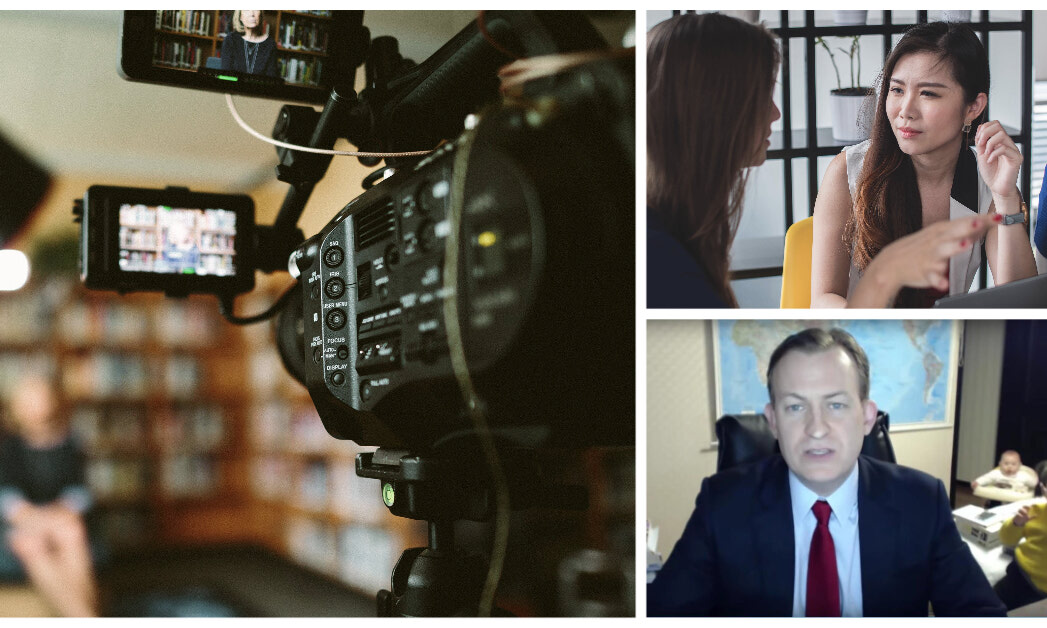When Media Training Isn't Really Media Training
I did three media training workshops last week. One was for a BC association, another was for an Alberta municipality and the third was for a private corporation. All three had different participants, but had a number of similarities.
After I finished the third one, I started thinking about how media training has changed over the 12 years I've been doing it. People get benefits from it besides just learning how to speak to the news media. That has become increasingly clear to the people who take it.
Part of media relations training now also has to deal with proper social media practices and how to cope with new technology too.
It Really is Communication Training
One of the aspects of media training that became clear to me a few years ago, is that media training is really communications training. People who take it can use the same techniques when they speak to others.
A few days ago, when I did media training for a municipal Council, the politicians were saying how valuable the skill would be when they speak to citizens. As one Councillor put it, “The next time somebody at Safeway comes up to me to talk about an issue, I’ll have a much better way to do it.”
When I worked with a real estate board last Thursday, the realtors saw the advantages of media training too. One said “I can use this training when I speak to my buyers and sellers to explain anything related to the sale.”
Media relations training teaches people how to know what to say and how to say it to the news media. However, these same skills can be used in any form of communication. How you prepare for an interview with the media and what you say, is similar to speaking to clients, customers, voters, vendors and your employees.
Avoiding a Social Media Mess
Something else I speak about in media training is how to prevent bad things from happening. One of the best ways to avoid playing defence is to make sure your employees aren’t doing stupid things in social media that can cost your company dearly.
Every organization needs a social media policy. It spells out rules for people doing social media for any organization, describes how employees can speak about their company and how people need to behave on social media in general. These days, the connection between a senior employee and the brand of an organization has never been greater. An employee doing something stupid or controversial in social media can lead to all kinds of problems, so the best way of dealing with it, is to prevent it from happening in the first place.
A social media policy is not a guarantee you won’t have a problem but it’s a big help. Every company needs one and as the years go by, I see more companies with them. However, in my opinion, there are still far too many organizations without social media policies.
Can We Talk - Over Video?
One aspect of media training that has changed for me is a new section I added a couple of years ago on doing interviews by video.
I see CTV News Channel and CBC News Network, the Canadian 24-hour news channels, using Skype-style interviews more all the time. Local TV newscasts are doing it too. Cutbacks to budgets, coupled with people being more familiar with how to use cameras and microphones on their computers has led to an explosion on the number of these interviews being done.
The interviews come with risks. We saw that a year or so ago when two children burst into the office of an international expert on Korean affairs just as he was being interviewed live on BBC. The obvious lesson learned from this is, if you are doing a live video interview, make sure every precaution is made to ensure you won’t have a problem. Even if the interview is being recorded (most are) ensure there’s somebody near to help with the kids, the barking dog or the courier who may come to your front door ringing the bell.
Prior to the interview, I also suggest people turn around to get an idea of what the audience will see. Is the room clean? Are there photos or other personal items you won’t want the world to see?
Never do a video interview with a bright light or a window behind you. It will do a number to the lens on your video camera.
Finally, don’t sit at a table in front of a laptop to do an interview if you’re looking down at the camera. Most laptops give a terrible angle when doing video interviews because they seem to aim just below your chin. Stack a few books and put your laptop on top of them. This provides a much more level camera angle.
If you do a number of video interviews, an external camera and microphone are great additions.
Media training has changed over the years and that’s a good thing because the industry has changed drastically too. Sometimes, media training gives you other lessons you weren’t expecting.
Need Media Training?
Check out my revised media training page, with transparent pricing and a money-back guarantee.


Commentary